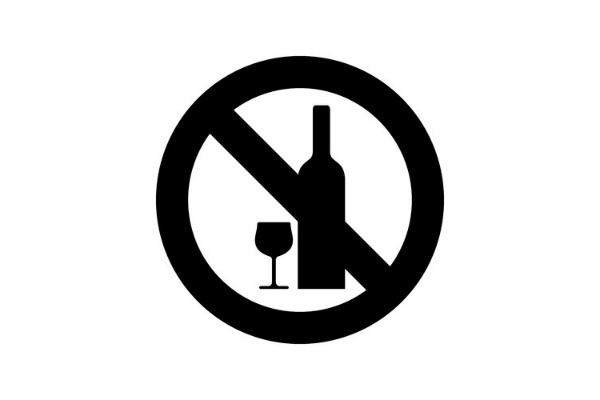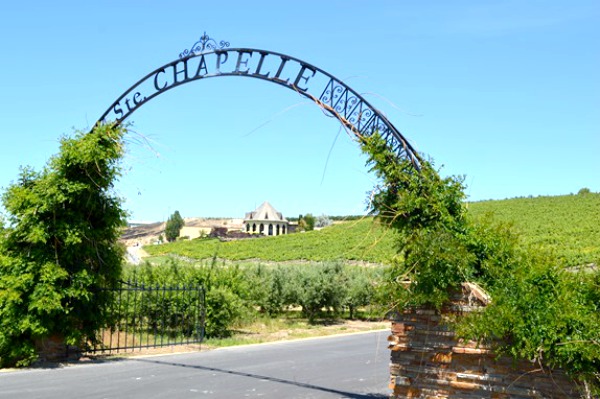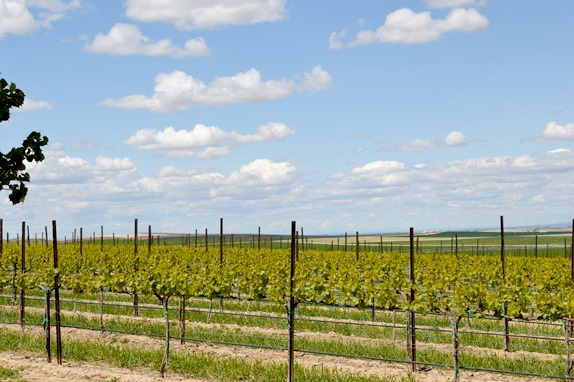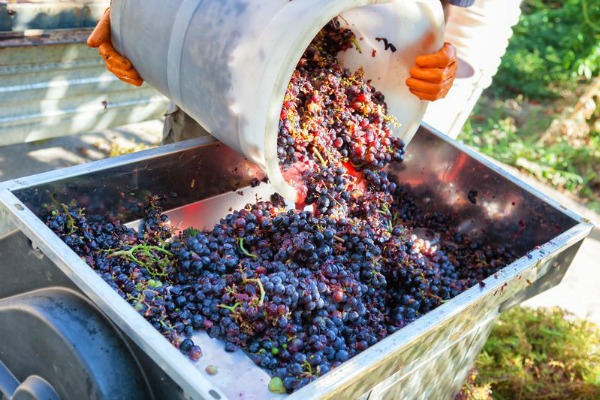
Let me intro–seduce–you to Idaho wines.
First of all, yes, Idaho makes wine with wine grapes (known as Vitis vinifera), not potatoes. So go ahead and get that notion out of your head.
The wines being made in Idaho are telling a story. The tale begins before Prohibition, when vineyards planted in the state’s northern region were leading the Pacific Northwest in winemaking.
Yes, really!
Unfortunately, those vineyards were uprooted and abandoned when alcohol consumption was made illegal, and stopped what could have become a thriving trade for Idaho.

The recovery took decades.
The story of Idaho wine doesn’t pick up again until the end of the 20th century, when a trickling establishment of Idaho wineries began a slow renewal. They faced an uphill battle. The wines produced were scoffed at, mocked, and dismissed by the international wine community. By the year 2000 perhaps ten wineries existed in the entire state.

Despite these obstacles, ever so slowly and steadily the Idaho wine industry began to move forward. The opportunities and ideal growing conditions drew individuals willing and able to take the industry to the next level and create real statewide economic impact.
In 2007, the southwestern Snake River Valley became the state’s first American Viticulture Area (AVA) and in 2015 the Eagle Foothills became the first sub-AVA of the Snake River Valley. In April 2016 in northern Idaho, where it all began pre-Prohibition, the Lewis-Clark AVA was approved as a wine region.

With the new designations and the fact that wineries are now thriving throughout the state, it is only a matter of time before additional appellations become designated AVAs and Idaho wine truly starts being noted as a New World contender.
The current chapter of our story finds Idaho wine shaking off its unfavorable reputation. The quality of the grapes harvested are being matched by the talent of winemakers as their wines bring acclaim and recognition to the small but impressive Idaho wine community.
According to a study prepared by Stonebridge Research Group for The Idaho Wine Commission, the year 2013 saw 214,140 cases of wine produced by 50 wineries, which accounted for 1,226 full-time jobs in the state.

Progress has been made. And yet, many trials face the Idaho wine industry. It is still mostly Idaho residents that rave about and drink Idaho wine. It will be necessary to expand awareness beyond state lines to truly taste global recognition and success.
In addition, Idaho is faced with a fruit shortage. Every winemaker I have talked with says the same thing: We need more fruit! There are plantings on the horizon, but it takes roughly three years for a crop to become commercially functional. As a result, Idaho winemakers must sometimes look elsewhere to keep pace with supply and demand.
These real but achievable challenges are being faced by a community who loves what they do and believes in the future of Idaho. All developed and respected enterprises must begin with a dedication to quality product, and those of us who know Idaho wine, would invite the world to taste what we’re pouring; we think you will be delightfully surprised.
I hope this persuades you to buy Idaho the next time you are perusing the wine aisle!


Leave a Reply